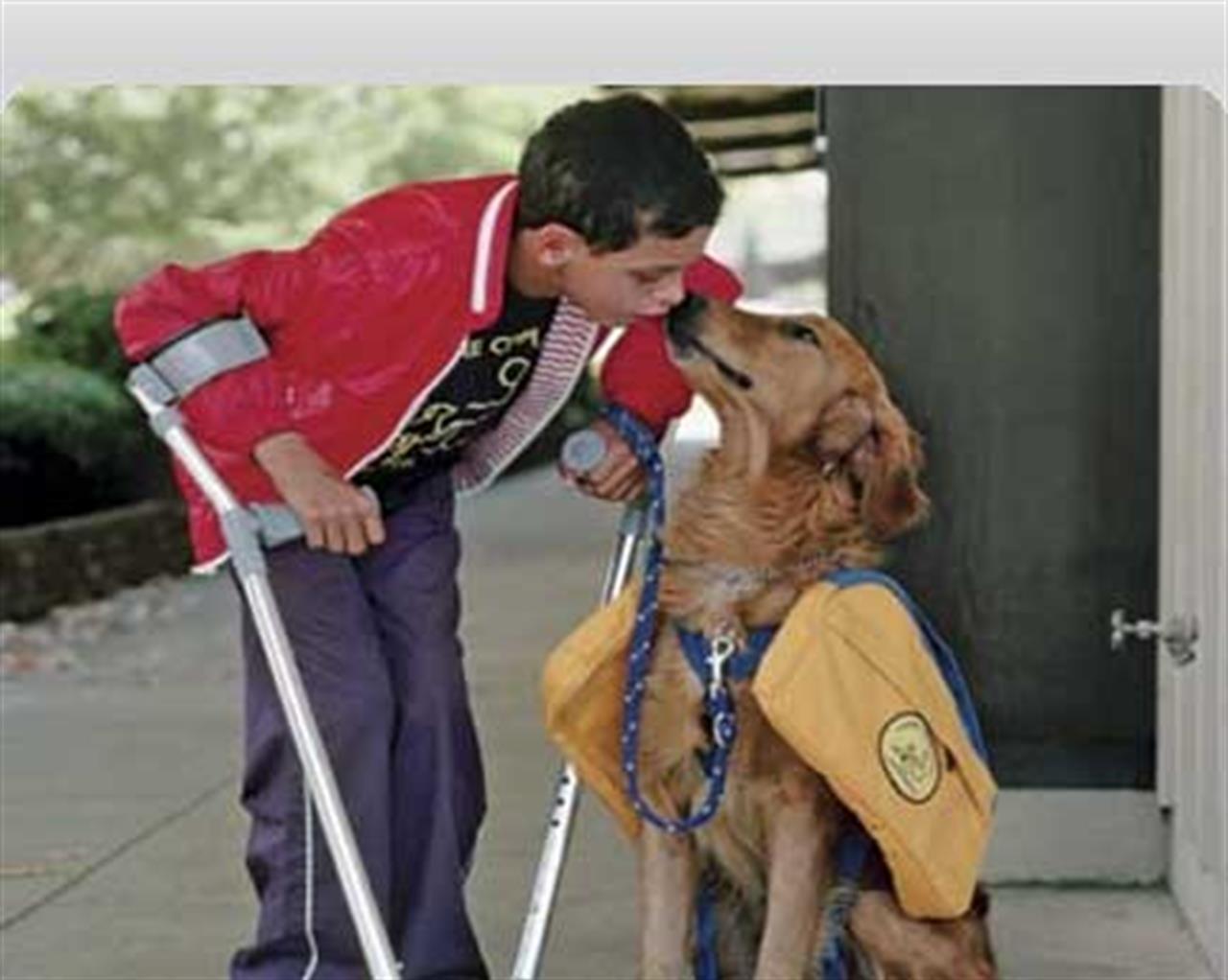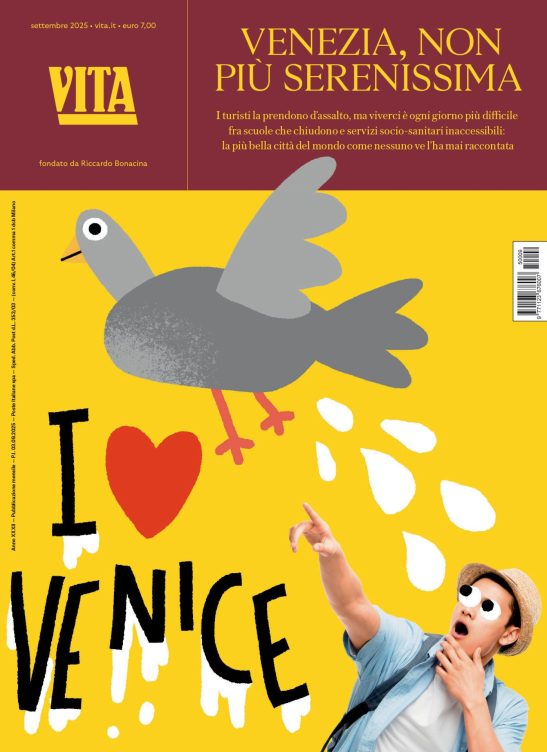Non profit
Going beyond rehabilitation
Aias, the organisation that helps children with cerebral palsy isn't afraid to believe in miracles
di Staff

In Milan’s northern outskirts a little Nasa is hidden. It hides behind an unrefined and out of fashion name, which neither has the highly imaginative appeal of evocation nor the dignified pragmatism of the English language: Associazione Italiana Assistenza agli Spastici (Italian Association of Assistance to Spastics).
Antonia Madella Noja, responsible for coordination and training, easily justifies her work, “it is worth it because seeing the development of a child with brain damage is like watching the development of a normal child with a magnifying glass. We understand how the brain works by studying and looking after brains which don’t work”. Antonia has been with Aias for thirty years now and she is exactly like the name of “her” association: very little rhetoric, lots of efficiency.
Training the potential
Aias Milan was born fifty years ago from a group of families with children to whom birth has left as a dowry cerebral palsy. Today, these brain damages are much less, but children and young people helped by Aias increase: 800 per year, nearly half of them children of foreign people, helped by about ninety operators. Rare syndromes increase, from Down’s syndrome to Cornelia De Lange syndrome, and also learning disabilities. For the classic intelligence test, the IQ of these children would be quite low. But it matters very little. What does instead is potential.
What counts is how much a child who is not able to sit, to hold his head up, who is not able to communicate can still – through the mediation of an adult – best use his capacities.
Aias’s staff was taught in Israel, by professor Feuerstein, in the 90’s, the “dynamic assessment” of the potential and exercises to rehabilitate cognitive deficit. In Aias the rule is a training done directly to the source. Cristina Dornini and Antonia were the first in the world to apply the Feuerstein method in a clinic, and today the clinical seminar at the international workshop of Feuerstein method is held by them.
The real recognition, however, comes from children’s parents: “They arrive here after a series of specialist visits and hours spent navigating the internet. And they admit: you are the first to tell us that this child will be able to do things,” explains Cristina, the therapists’ coordinator. “This opens the door to investing in him: if you think that there is nothing to be done, you don’t invest and the child, as a consequence, doesn’t do anything, the circuit breaks. It is up to you which way the child goes.”
At Aias everything is here, from speech therapy to physiotherapy, from alternative augmentative communication to psycho motility, and everything is practised at a very high level. The holistic and specialist approach hand in hand. A little like Pico della Mirandola. “Besides neuroscience requires a new scientific humanism,” summarizes Antonia.
Richard Sennett’s box-room
There is a room at Aias, which symbolizes all of this. That is how excellence is more a helpful hand than powerful deployment of means. It is a small room, full of bandages, plaster, buckets. Poor materials, like the ones that are used in yards. Richard Sennett with his praise for the craftsman would like this room. In this room Cristina and Alfonso create orthopaedic aid for the children of the centre. Plantars, structures in plaster or plastic which help to keep children’s legs in the
correct position and which help children to stand, shaped seats (seggiolini modellati) which put children in correct positions. They shape plaster little by little, with their hands, directly on the child: it is impossible to conceive a more fitting aid than this. The secret lies in manual skills, and in the ability to understand what is the right position for everyone. Cristina and Alfonso have learned these secrets in Paris, from professor LeMatayer.
Once again, two Aias’ operators are among the “few in the world”.
Children who are not able to sit, manage this way to stand and even free their hands for other activities; children who are not able to hold their head up, who can’t swallow and have been eating for a long time with a tube in their stomach, learn to eat. Everything must be done again from the beginning every time it is needed, as the child grows: when it is big enough, one can make a longer-lasting plastic cast. “My dream is to manage to do everything inside Aias,” says Cristina. The service these people provide is free. It is an investment and it is worth it.
Translation from Vita magazine by Cristina Barbetta.
Vuoi accedere all'archivio di VITA?
Con un abbonamento annuale potrai sfogliare più di 50 numeri del nostro magazine, da gennaio 2020 ad oggi: ogni numero una storia sempre attuale. Oltre a tutti i contenuti extra come le newsletter tematiche, i podcast, le infografiche e gli approfondimenti.
